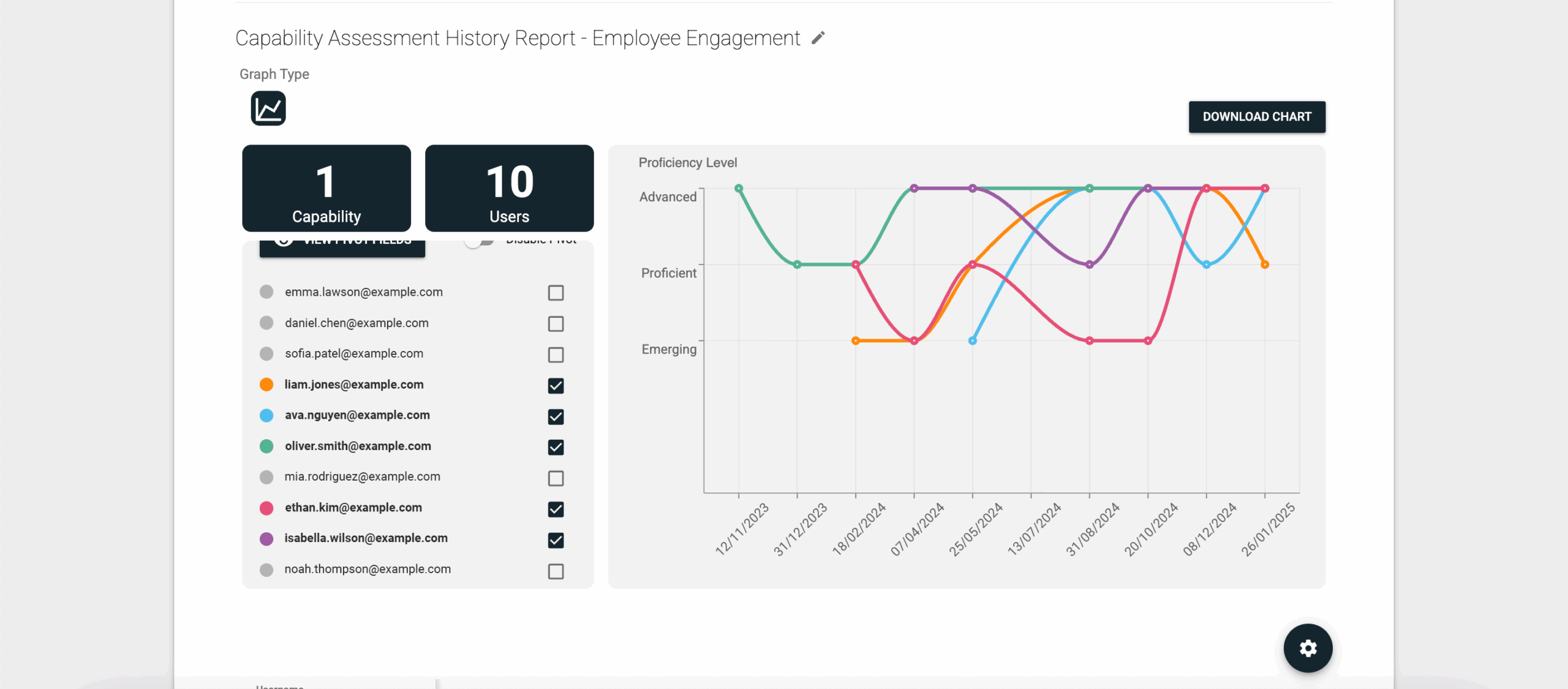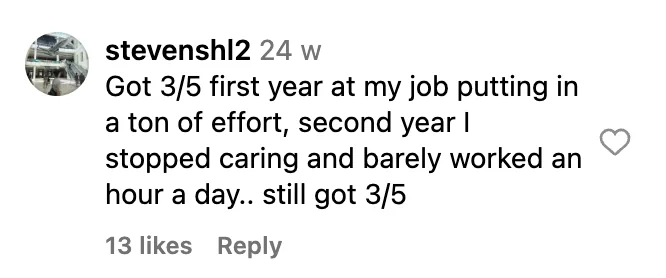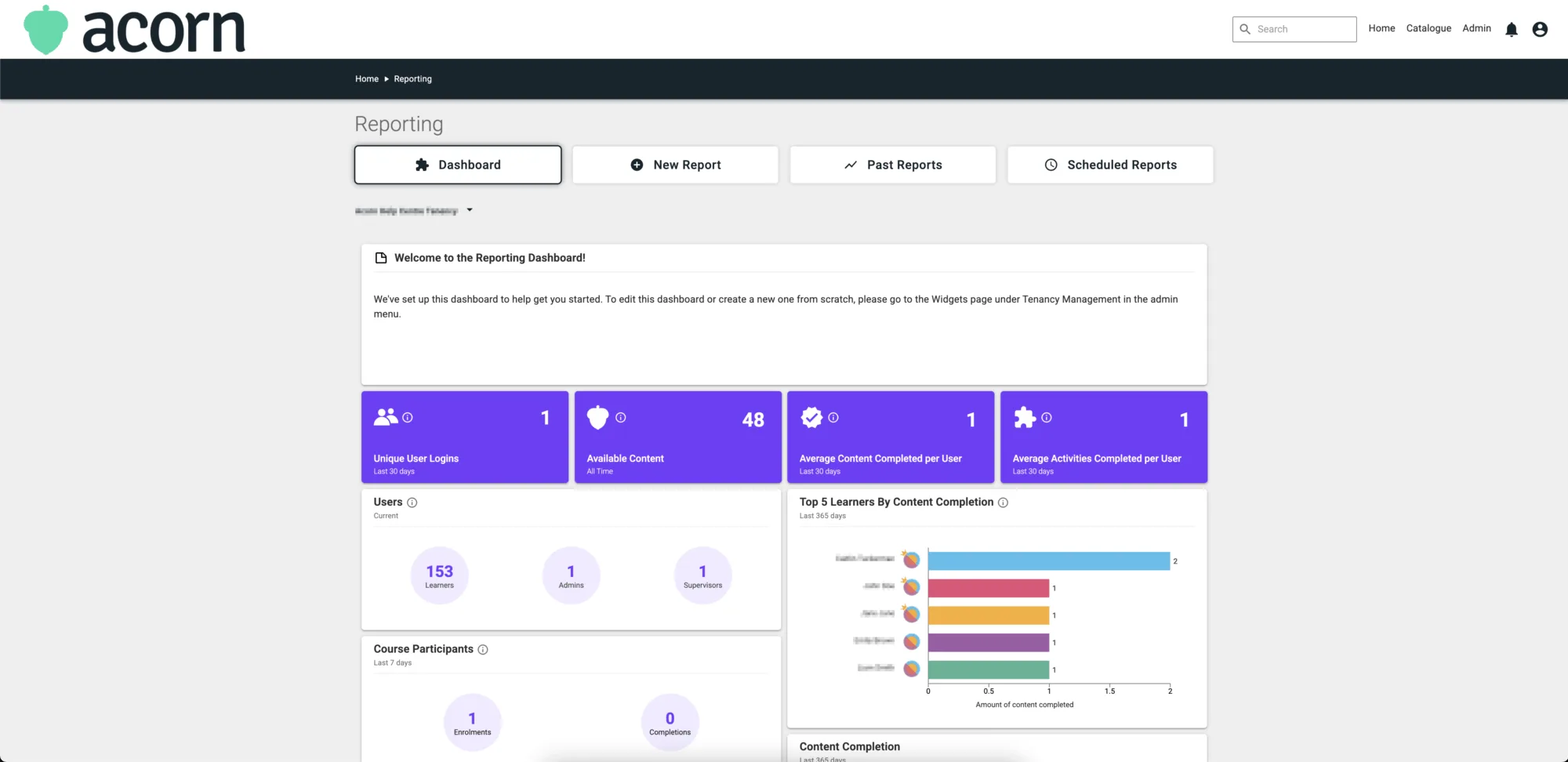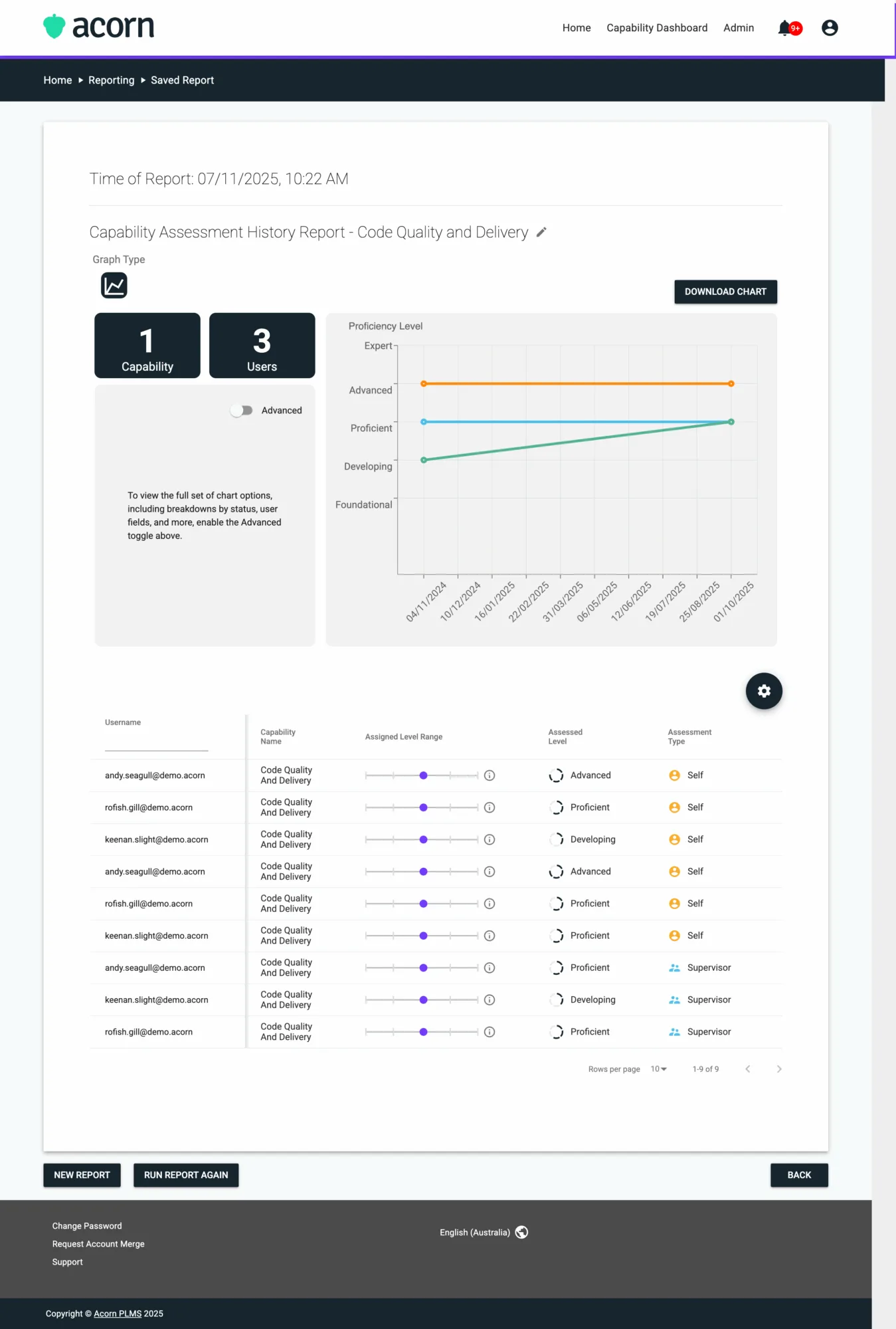How to Track Capability Growth Over Time with a Capability Assessment History Report

Track career and performance growth with a capability assessment history report
If you’ve ever asked, “Is all this learning actually working?”, the answer lives in a capability assessment history report. Capabilities bridge learning and performance, in that you need to develop capabilities (learning) to see capability uplift (performance improvement). A capability assessment just shows how proficiency in capabilities changes over time so you can prove ROI.
In this guide, we’ll dive into how you can run a capability assessment history report, and how to use it to track the growth of your workforce.
What is a capability assessment history report?
It’s the long view of capability growth. A capability assessment on its own gives a snapshot, either of a specific assessment, or of an individual’s progress. But a capability history visualizes assessment trends for a specific capability across time, so you can compare learners’ growth, regressions, and plateaus.
Why track capability growth?
Performance uplift over time is the only way to prove development works. According to our 2024 State of L&D Report, 77.9% of organizations say mapping the impact of employee training to company performance is valuable, yet one of the top three issues they face is a lack of historical data to demonstrate the value of L&D.
If you could see the historical data, though, you’d know where your workforce’s strengths are, and where there might be more room for development.
Plus, tracking the past means improving for the future. Performance conversations move from opinion to tangible data, which means no more sitting in a performance review being told you’re getting another 3/5 when you know you’ve gone above and beyond. (Seriously, just look at what people really have to say about performance reviews under this post.) Tangible data leads to actionable development plans, development opportunities, and career progressions (whether that’s the traditional vertical ladder-climbing, or a specialized lateral move).

How to generate a capability assessment history report
To generate a gap analysis report using our platform, you’ll first need:
- The Capabilities module switched on
- A connected LMS, not necessarily Acorn
- A capability framework, your own or pulled from our Capability Library.
The ability to generate reports is limited to administrators, supervisors, and reporting officers.
Step 1: Select capability assessment history report
Through your Admin menu, scroll down to Reporting and click Reports. Select New Report from the top of the dashboard, and choose Capability History Assessment Report from the list.

Step 2: Configure the report
Select the capability you want to run the report on (the report only looks at the history of one specific capability at a time). You can use the capability set filters or search the capability name directly to find the capability you want.
Click Next, and you’ll have the option to choose the date range to analyze, basic filters (such as names and usernames), assessment types (self and supervisor are selected by default), or any specific user fields or cohorts you’ve configured in your tenancy. If you leave basic and user fields blank, the report will run on all users who have your chosen capability assigned.
Click Next, and the report will generate. It can take a little while if there’s a lot of data.
Step 3: Reading the report
The report will be broken into two parts:
- A line graph showing various users’ proficiency levels as assessed by supervisors over time. You can choose which users to show in the graph using the advanced filtering on the left-hand side.
- A table view of each user and details about their assigned proficiency level, as well as the results of their self and supervisor assessments, ordered from most recent to oldest assessment.

You also have the option to view each users’ assessments. It will show you a graph comparing that specific user’s self- and supervisor capability assessments, as well as any past assessments that have been completed, so you’ll be able to see how each individual has developed and improved their proficiency over time.
Final thoughts
Tracking capability uplift over time is so crucial to proving L&D ROI. But don’t forget it’s also important for learners to see how their performance has improved, as well provide a data-based foundation to performance conversations.
You can find more technical how-to resources, explainers, and definitions in our Help Center.